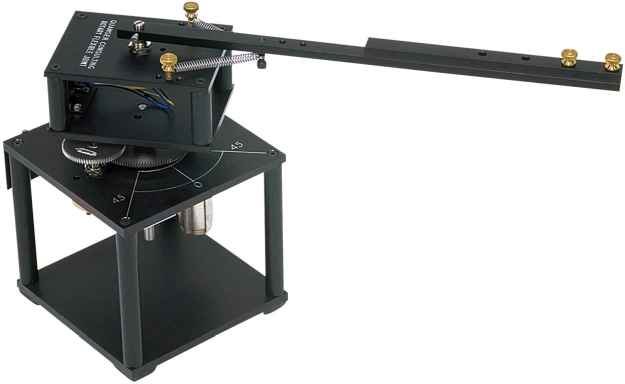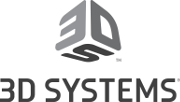The Rotary Flexible Joint module is ideal for modeling a flexible joint on a robot when mounted on the Rotary Servo Base Unit. It is also useful in the study of vibration analysis and resonance. This experiment uses a sensor to measure joint deflection, to address the control problems encountered in large, geared robot joints where flexibility is exhibited in the gearbox. Students will learn how to model the system using state-space and design a feedback controller with pole-placement.
Rotary Flexible Joint
The Rotary Flexible Joint module consists of a free arm attached to two identical springs. The springs are mounted to an aluminum chassis which is fastened to the Rotary Servo Base Unit load gear. The module attaches to a DC motor on the Servo Base Unit that rotates a beam mounted on a flexible joint. The Rotary Flexible Joint module is supplied with three distinct pairs of springs, each with varying stiffness. It comes with three base and three arm anchors for the springs, and allows to obtain a wide variety of joint stiffness. The module is also supplied with a variable arm load that can be mounted at three distinct anchor positions to change the length of the load.
| Brand |
Quanser |
|---|
Description
Categories: Control Systems, Rotary Motion Platform, Test & Measurements









